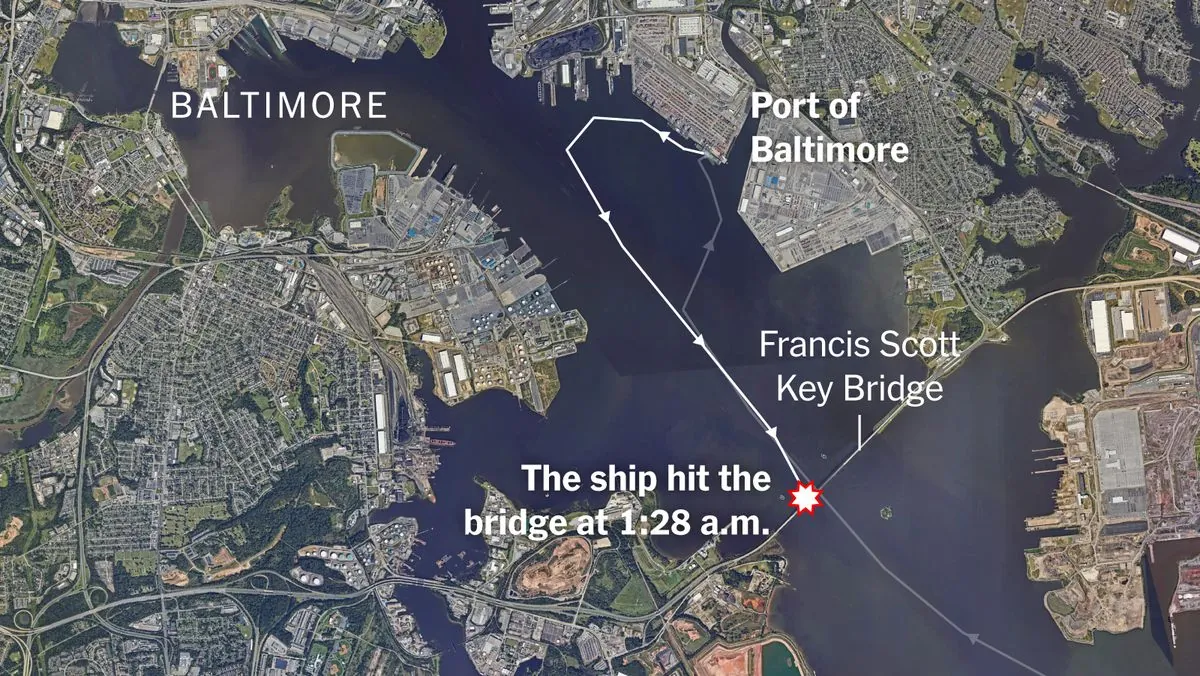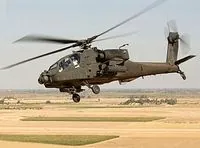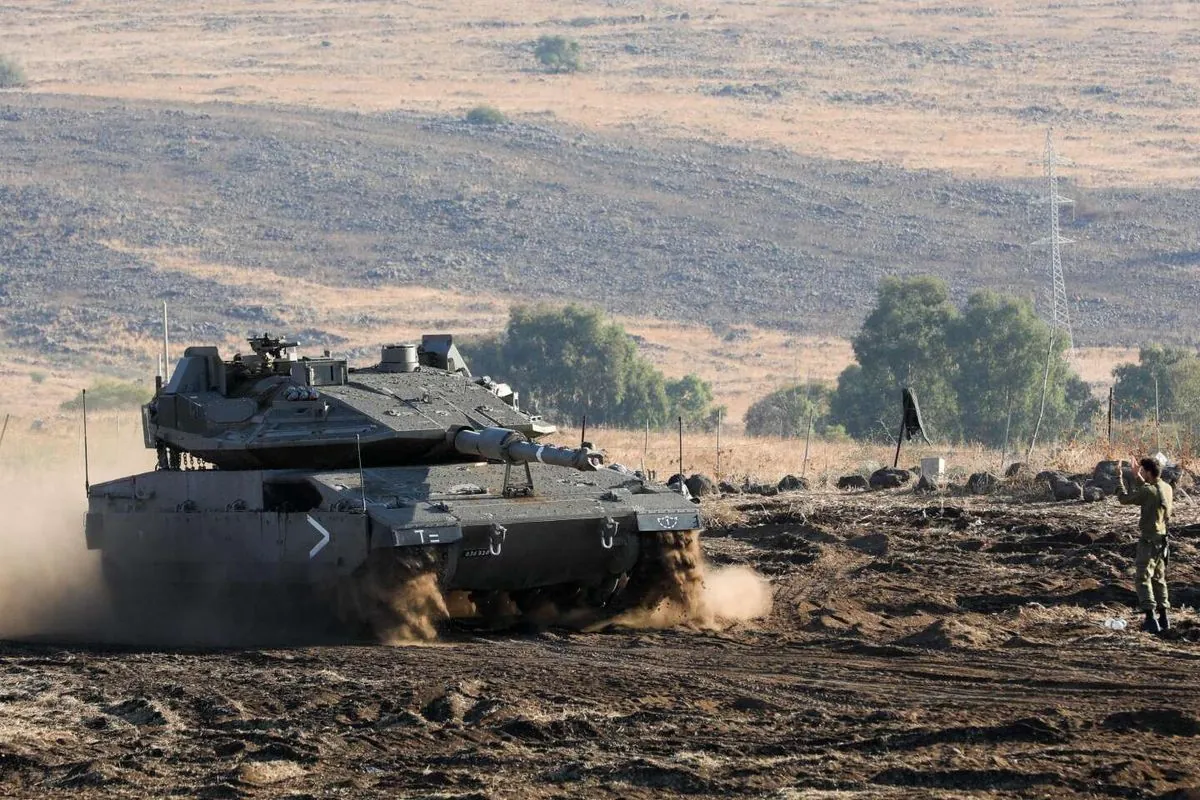Putin Expands Nuclear Retaliation Scope, Raising Global Tensions
Russian President modifies nuclear doctrine, allowing retaliation for conventional attacks backed by nuclear states. Move seen as response to potential Western long-range missile support for Ukraine.

Vladimir Putin has announced significant changes to Russia's nuclear doctrine, expanding the conditions under which the country might resort to nuclear retaliation. The Russian President stated that attacks on Russia using conventional weapons supported by nuclear powers would now be perceived as joint strikes, potentially warranting a nuclear response.
This modification to the doctrine comes amid ongoing tensions related to the conflict in Ukraine, which began 2 years and 7 months ago. Previously, Russia's nuclear policy only permitted nuclear strikes in response to direct attacks by nuclear-armed adversaries. The updated stance now encompasses scenarios involving non-nuclear states supported by nuclear powers.
Putin justified the change, citing "new sources of military threats and risks for Russia." This move is widely interpreted as a response to Ukraine's efforts to acquire long-range missiles from Western allies. The announcement comes just one day before a scheduled meeting between Ukrainian President Volodymyr Zelensky and US President Joe Biden at the White House, where discussions about advanced weaponry are expected to take place.
The revised doctrine also extends Russia's nuclear umbrella to Belarus, a key ally in the region. This development adds another layer of complexity to the geopolitical landscape in Eastern Europe.

While Putin's announcement has raised concerns globally, analysts remain skeptical about the likelihood of actual nuclear deployment. Pavel Podvig, a senior researcher at the United Nations Institute for Disarmament Studies, noted the deliberate ambiguity in the doctrine's wording, potentially allowing Russia to avoid nuclear escalation.
It's worth noting that Russia possesses the world's largest nuclear arsenal, with approximately 5,977 warheads as of 2022. The concept of nuclear deterrence, which emerged during the Cold War, continues to shape global security strategies. The "nuclear triad" - comprising land-based missiles, submarine-launched missiles, and strategic bombers - remains a cornerstone of nuclear deterrent capabilities.
Ukrainian officials have dismissed Putin's statements as bluffing, pointing to previous unfulfilled nuclear threats. Anton Gerashchenko, a Ukrainian analyst and former deputy interior minister, suggested that such rhetoric often indicates Russia's strategic weaknesses rather than strength.
The international community closely monitors these developments, with organizations like the International Atomic Energy Agency (IAEA) working to promote peaceful uses of nuclear energy and prevent proliferation. The Comprehensive Nuclear-Test-Ban Treaty, although not in force, represents ongoing efforts to limit nuclear weapons development.
As tensions persist, the concept of "mutually assured destruction" (MAD) continues to influence nuclear strategies globally. The Bulletin of the Atomic Scientists' "Doomsday Clock," which represents the likelihood of a man-made global catastrophe, remains a sobering reminder of the potential consequences of nuclear conflict.
In response to Russia's actions, Ukraine has been developing its own long-range drone program. However, these weapons have not yet matched the power and accuracy needed to target Russia's most critical military installations. The ongoing conflict has seen an increase in the use of glide bombs by Russian forces, with recent strikes reported in Zaporizhzhia and Kramatorsk.
As the situation evolves, the international community remains vigilant, with diplomatic efforts continuing alongside military preparedness. The delicate balance of global nuclear deterrence faces new challenges in an era of evolving warfare and geopolitical realignments.


































